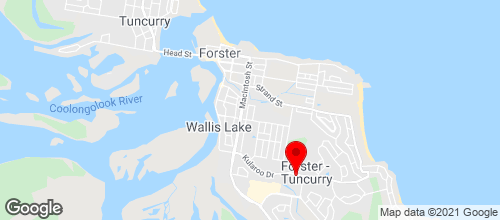Moulting in Caged Birds
Your birds are going through a moult, there are lots of lost feathers in your flights and everything looks a little shabby for a while… but is it really that big a deal? The answer is a very simple and clear YES.
Why do birds moult?
Feathers cannot be repaired once they have grown, so birds have a system for replacing them and this is essentially the moult. The moult is a bird’s method of replacing old and damaged feathers with new healthy feathers effectively maintaining top plumage at all times.
Feather quality is one of the best indicators of overall health and can be the deciding factor when a buyer looks to purchase a bird. In their natural habitat, though, the condition of a bird’s plumage can mean the difference between life and death – this gives reason to why the moult is such an important process.
How does the moult happen?
Most birds moult once per year, although some may moult twice or in the case of some larger parrots, only once every two years. Feathers grow from distinct follicles, if there is already a feather shaft in a follicle, a new feather cannot grow.
So the first step in the process is for the bird to shed the old feather and feather shaft. Once a feather follicle is ‘clear’, a new feather begins to grow. A plucked feather will also stimulate a new feather to grow, but a damaged feather that is snapped or broken leaving the shaft behind will not. The shaft needs to come away and leave the follicle ‘clear’ to stimulate new feather growth.
The moult pattern
In most birds, the moult takes place in a particular pattern to ensure that while a bird is moulting it is not left completely flightless and an easy meal for a predator. As a general rule the wing feathers are replaced first, then the body feathers and then the tail feathers from the centre out. Powder down feathers are replaced continuously.
The demands of the moult
A feather is made up almost entirely from protein (around 90%), so to make a healthy feather, massive amounts of protein needs to be available in the diet. The protein required is also quite specific and need to contain high levels of the amino acids Lysine and Cystine – seed diets are particularly low in these essential nutrients.
The actual process of building a feather is also quite demanding from an energy point of view. To put this into perspective, feather production requires around 2½ to 3 times the energy that egg production does. Unless the nutrition in a bird’s diet is suitably bumped up to meet the demands of the moult, the bird will use up any nutrient reserves it has and then feather quality will begin to suffer.
The commonest cause of an abnormal moult is poor nutrition.
Quality nutrients for quality feathers
Providing nutritional support during the moulting process will ensure your birds have all the essential building blocks they need to construct the perfect feather. For birds on seed diets, some good additions during the moult include extra fruits and vegetables, soft food or pellet supplements, nuts and importantly, a quality moulting supplement that supplies vitamins, minerals and in particular, amino acids.
For birds on good quality pelleted diets, a moulting supplement is not as critical, but can still be beneficial. Some seed feeding parrot breeders have even struggled to identify birds they have bred after selling them to people feeding high-quality pellet diets or diets that include quality supplements – the improvements in plumage after the moult are just that significant.
Still experiencing plumage problems?
Poor nutrition is the primary cause for most poor moults. However if still experiencing problems in the moult even after supplying quality nutrients and supplements, there may be another underlying problem. Contact your avian vet for more information on these issues. Before you rule out nutrition though, you need to remember that feathers will not improve in quality until the next moult. This makes providing great nutrition at all times of crucial importance!
Director, Vetafarm Australia
Categories: Bird Care
Tags:
